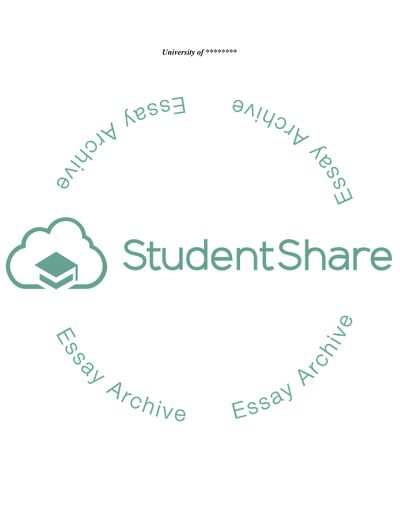Cite this document
(Employee Motivation Based on Two Theories Coursework, n.d.)
Employee Motivation Based on Two Theories Coursework. Retrieved from https://studentshare.org/psychology/1719549-compare-and-contrast-two-theories-of-motivation-describe-how-a-manager-might-use-these-theories-to-increase-motivation-in-their-team
Employee Motivation Based on Two Theories Coursework. Retrieved from https://studentshare.org/psychology/1719549-compare-and-contrast-two-theories-of-motivation-describe-how-a-manager-might-use-these-theories-to-increase-motivation-in-their-team
(Employee Motivation Based on Two Theories Coursework)
Employee Motivation Based on Two Theories Coursework. https://studentshare.org/psychology/1719549-compare-and-contrast-two-theories-of-motivation-describe-how-a-manager-might-use-these-theories-to-increase-motivation-in-their-team.
Employee Motivation Based on Two Theories Coursework. https://studentshare.org/psychology/1719549-compare-and-contrast-two-theories-of-motivation-describe-how-a-manager-might-use-these-theories-to-increase-motivation-in-their-team.
“Employee Motivation Based on Two Theories Coursework”. https://studentshare.org/psychology/1719549-compare-and-contrast-two-theories-of-motivation-describe-how-a-manager-might-use-these-theories-to-increase-motivation-in-their-team.


